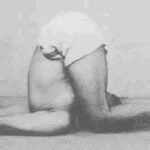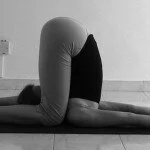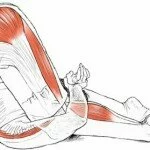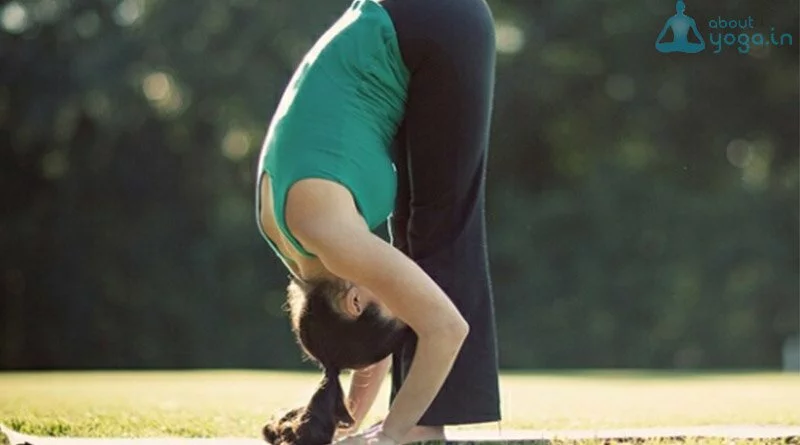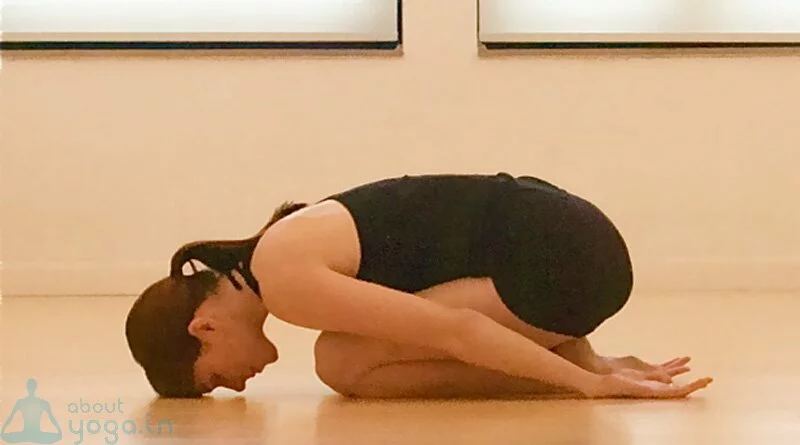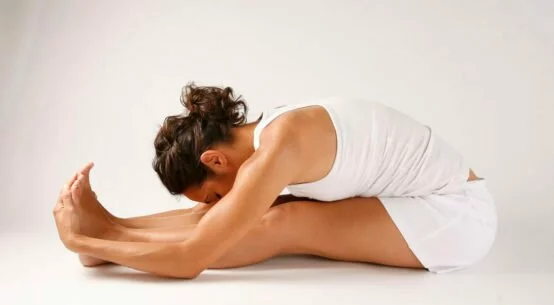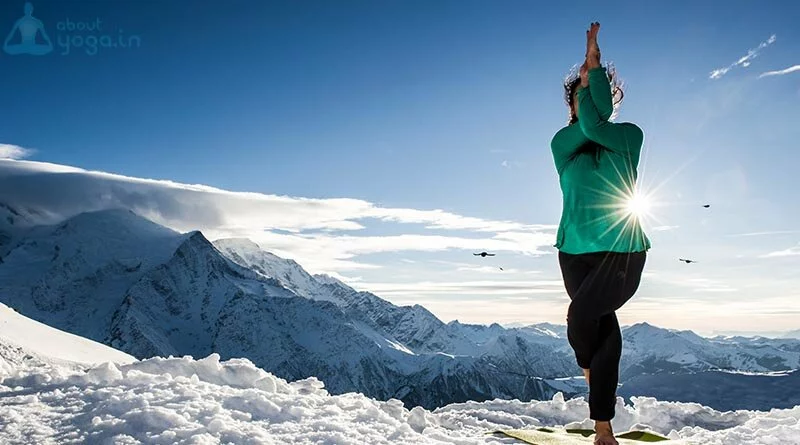
Karnapidasana (IPA: [Karṇapīḍāsana]); IAST: Karṇapīḍāsana; Sanskrit: कपोतासन , is an inverted supine forward bend asana.
Karṇapīḍāsana is also known as Raja Halasana and is closely to Halasana (plow pose) which it is sometimes considered a variant of.
Karṇapīḍāsana is similar to Halasana (plow pose), but with the legs dropped further down so that the knees are also on the ground next to the ears and the eyes are closed.
There are two vinyasas for performing karnapidasana both begining in a supine position. One is based on coming into salamba sarvagasana then into halasana. A second vinyasa by which karnapidadana may be reached without passing though salamba sarvagasana (soulder stand).
STEP BY STEP:-
- Start in Halasana (with toes touching the floor).
- Exhale, bend the legs and lower the knees by the ears, on either side of the head.
- Hug the arms around the backside of the knees and press the knees lightly to the ears. This is Karnapidasana. In this position there will be ample blood circulation in the pelvic girdle. Stay in this pose for 30-60 seconds.
- To return to starting position, slowly bring the hands to support the low back. Straighten the knees and come back to Halasana.
Beginner’s Tip:-
This pose if for students who are able to touch the floor with their toes in Halasana. If the student has limited flexibility they should keep their hands on their low back with bent knees until they are able to lower their knees enough to feel stable in the full posture. This will help them stay in the posture without rolling out.
Benefits:-
- Stretches the spine.
- Increases blood circulation in the abdomen.
- Relaxes the legs.
- Help with introspection.
- This asana is often sequenced as Salamba Sarvangasana, Halasana and then Karṇapīḍāsana but for practitioners with hypertension performing Karṇapīḍāsana prior to Salamba Sarvangasana will mitigate the rush of downwards blood flow and the feeling of fullness in the head.
Variations:-
- Adding support under the shoulders.
- Support of the knees with a chair or bolster.
- Arm position either supporting the back as in shoulder stand; reaching back as shown or arms reaching forward.
Follow-up poses:-
Karṇapīḍāsana is often followed by Chaturanga Dandasana (Four-Limbed Staff Pose). Related hand balances include Astavakrasana (Eight-Crooks Pose) and Titibasana (Firefly Pose).
Anatomy:-
Karṇapīḍāsana is one of the counter pose to Sarvangasana (shoulder stand). The thoracic spine is in maximum flexation which can result in problems elsewhere in the spine or knees. The Hip flexors and Abs are required to maintain the pose which stretches the extensors of the spin, the rhomboids and trapezius muscle. To avoid oversterching the cervical spine (neck), the yogi should be able to hold salamba sarvagasana for five minutes. And to protect the lumbar spine (torso) and knees the yogi should be able to stay in halasana for one minute. If the muscles are too short and the pose performed too passively, then the muscles being lengthened can be overstretched.

